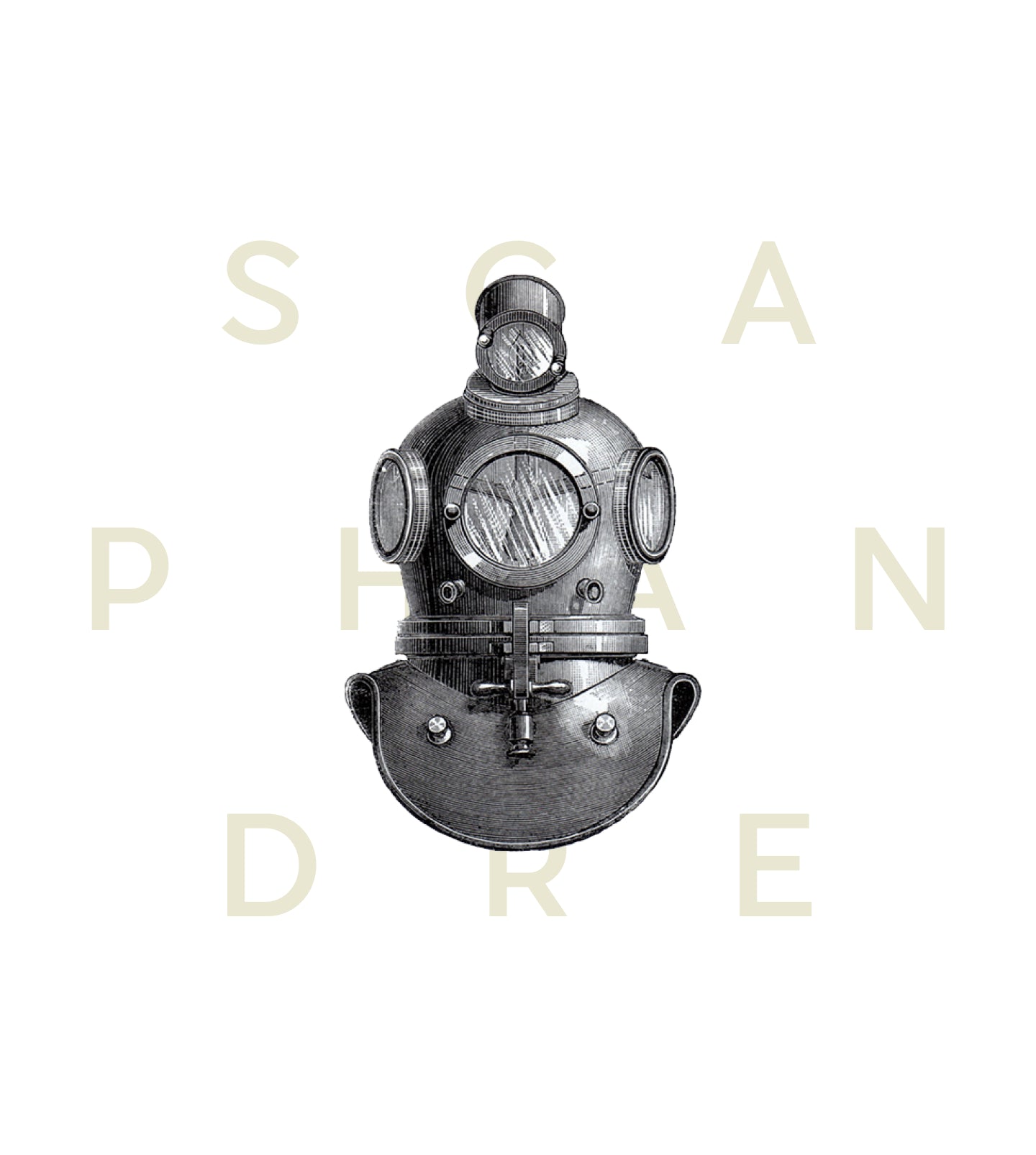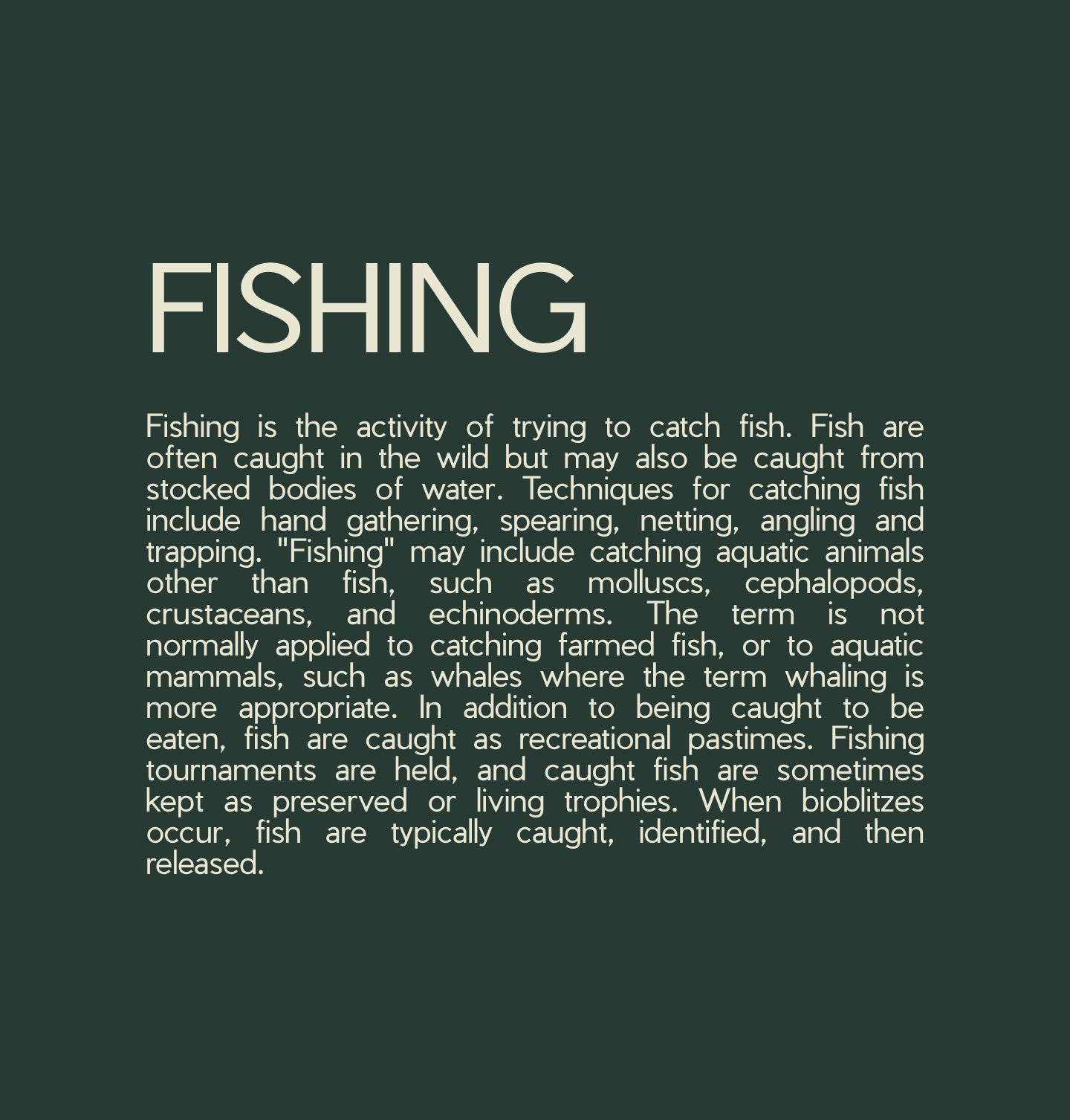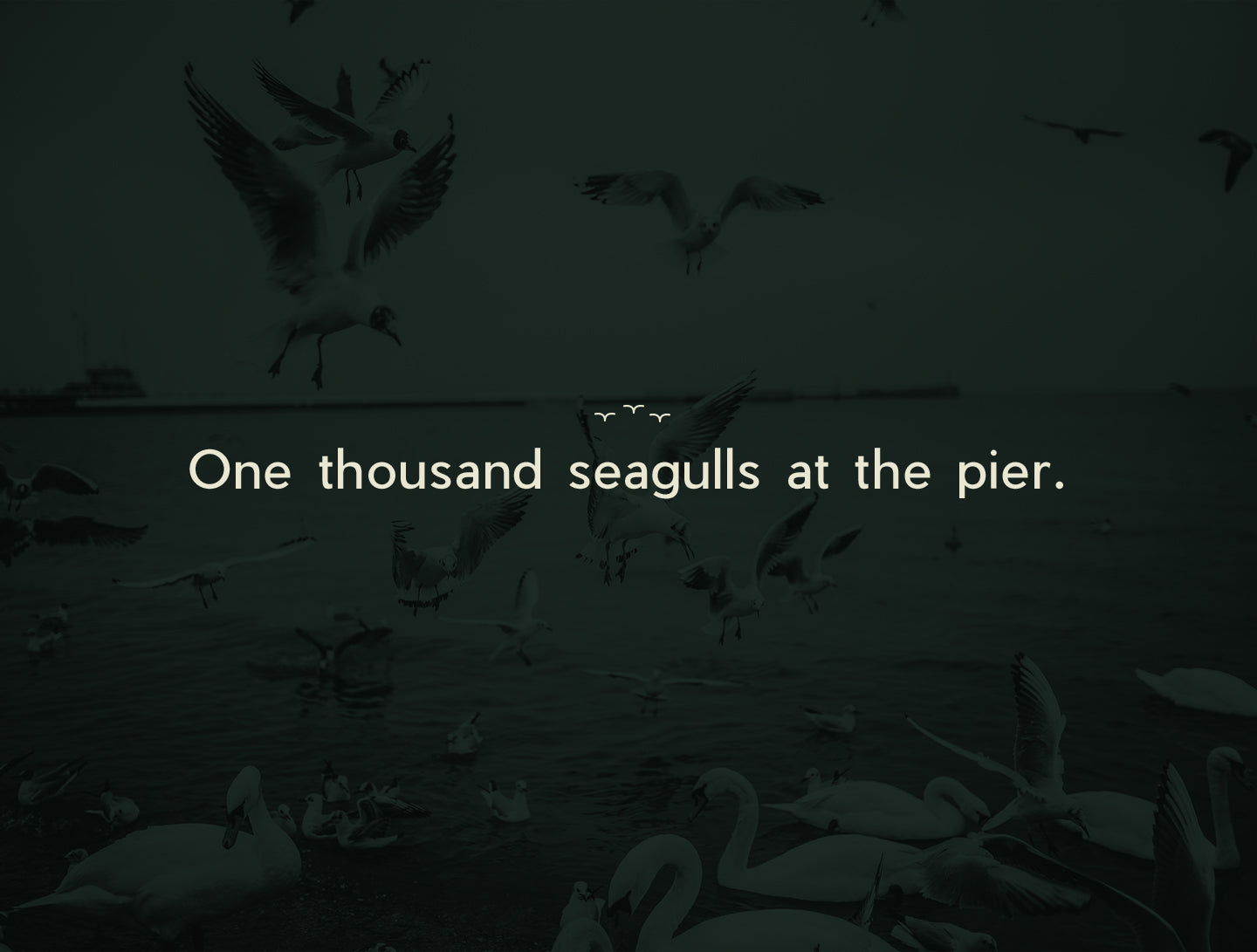Pier Sans
Clean. Confident. Just a little off, in the best way.
Free to try
Licenses start at $40

Pier Sans style list
10 Styles
01234567
{(!@#$?&)}
01234567
{(!@#$?&)}
- Light 300
- Regular 400
- Medium 500
- Bold 700
- Black 900
- Light Italic 300
- Italic 400
- Medium Italic 500
- Bold Italic 700
- Black Italic 900




Glyphs set overview
Glyphs set overview
Glyphs View




Everyday type, elevated.
Pier is a modern and structured Grotesk with interesting details that give this font a unique personality. The idea was to create a slightly off geometric font that would look as good big or very small. It was designed to fit your everyday designs and text needs.
Designer
Categories
- Grotesk
- Italics
- Sans Serif
Styles
- 10 Styles
10 Styles with 351 Glyphs each
Including Italics
Version
2.10
Latest update: June 2016
Available formats
OTF, TTF, WOFF, WOFF2
Language Support
Afrikaans, Basque, Breton, Catalan, Croatian, Czech, Danish, Dutch, English, Estonian, Finnish, French, Gaelic, German, Hungarian, Icelandic, Indonesian, Irish, Italian, Latvian, Lituanian, Norwegian, Polish, Portuguese, Romanian, Saami, Serbian, Slovak, Slovenian, Spanish, Swahili, Swedish, Turkish, (and more)
Commercial Licenses
Not sure what to get? Or can’t find the right coverage?
Please contact us for our tailored corporate licenses!
Need more information about our licenses?
Our FAQ usually contains most of the answers.





